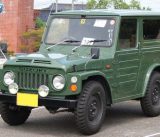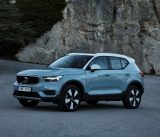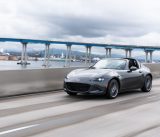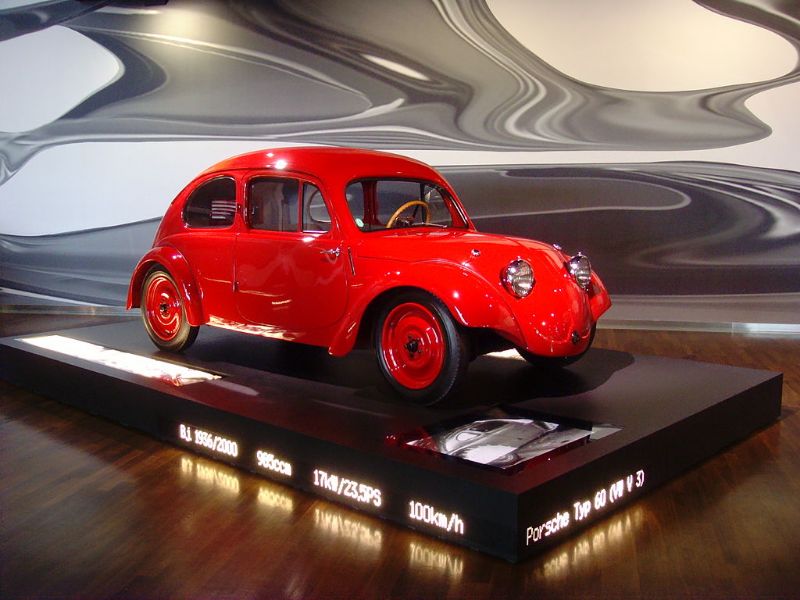
1st Beetle (Porsche Type 60)
Few vehicles are as iconic or have as rich a history as the VW Beetle. The idea behind the Beetle goes all the way back to 1931, when Zundapp and Ferdinand Porsche worked together to create the Porsche Type 12, the “Car for Everyone.” There were three running prototypes by 1932. The fourth, the Porsche Type 32, joined in 1933. Adolf Hitler asked Porsche to create a “People’s Car” or “Volks Wagen” in 1933 that could fit two adults, two kids, and luggage. It would take several years to get the Volkswagen name, however. The Beetle first went by “the Porsche Type 60.”
Early Beetles
The very first prototype for the Beetle, the V1, was ready by October 1935, with V3 prototypes in testing by 1936. There were 30 preproduction models by the following year, all with the distinctive round shape we associate with the VW Beetle. These were designed to be affordable for the public. However, the Beetle hit a snag during World War II. Only a small number of consumer autos had been produced, and orders were canceled in favor of war efforts.
Following World War II
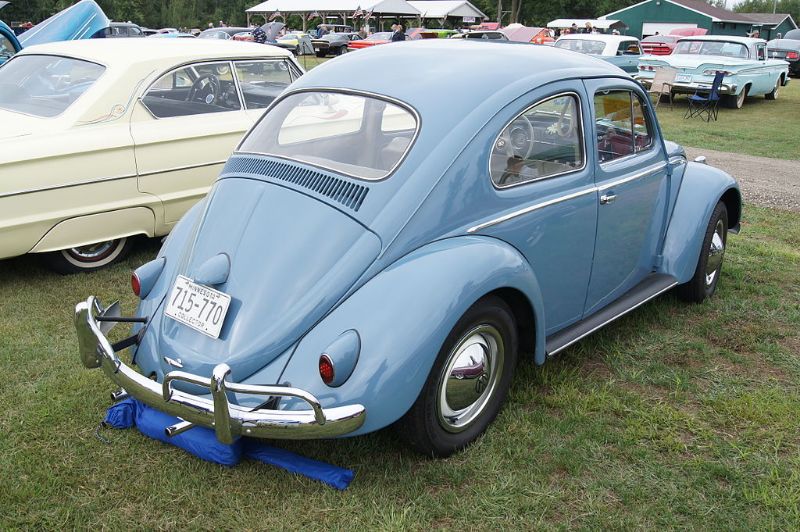
After World War II ended, it was time for the Volkswagen Beetle to truly begin. This was a challenge because the factory where production was planned had been destroyed in the war. Production then moved to a Wolfsburg factory. The first Beetle was exported to the United States in 1950 by Max Hoffman, who sold 330 VWs, most of them to other dealers. Other countries also began receiving Volkswagen Beetles, including Switzerland, Holland, Luxembourg, Belgium, Sweden, and Denmark. In 1953, the list expanded to include Brazil and Mexico. The millionth Beetle was manufactured in 1955. It featured a celebratory gold color with embellishments and brocade seats.
Enhancements Over the Years
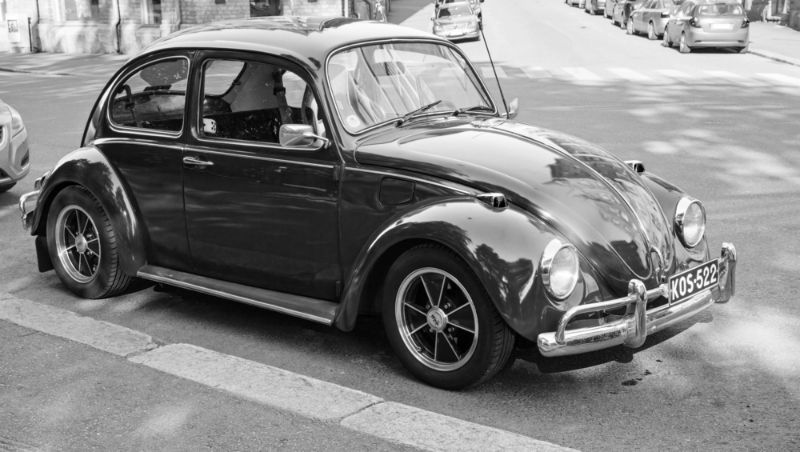
source: ShutterStock – 1966 VW Beetle
As the Volkswagen Beetle grew in popularity over the years, it saw numerous improvements, as well. In 1960, the exterior door handles became a pull type instead of push buttons. The engine grew to 1200 cc in 1961. This is also when the generator became separate from the block. Even with these minor changes, you could more or less interchange the Beetle parts from these early model years. In 1966, a 1300 cc engine arrived, the outer door handles changed once again, and the front seatbacks locked. The engine grew once again in 1967, reaching 53 horsepower.
The automatic stick shift known as the AutoStick arrived in 1968 in the United States and the year before in Europe, marking the first time the Beetle did not use a 4-speed manual transmission. When Herbie the “Love Bug” hit the screens in 1969, it further cemented the Beetle’s place in history.
New Models
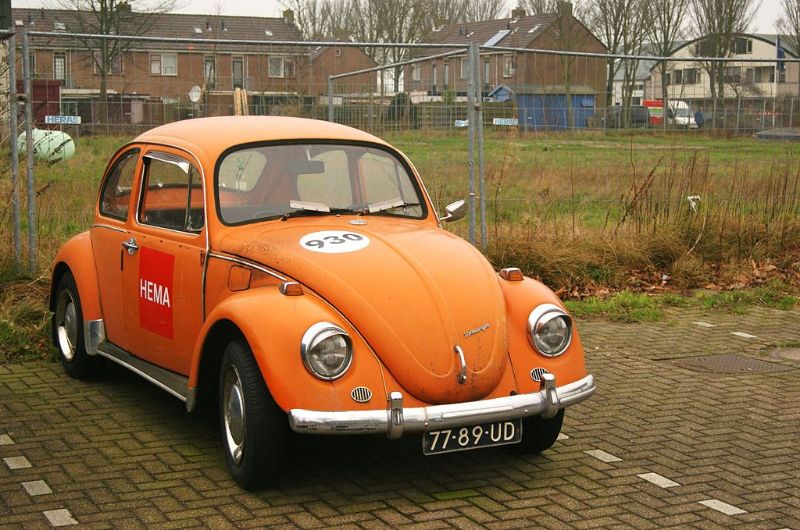
1977 VW Beetle
Volkswagen expanded the lineup with the Super Beetle from 1971 to 1979. This model had rounder fenders, a redesigned front valance, and a larger hood. It also featured MacPherson front struts, a padded instrument panel, and a 1600 cc engine complete with dual port cylinder heads. Although the first Beetle Convertible was produced in 1953, it didn’t make it to the U.S. until 1979, delivering another version of the icon.

